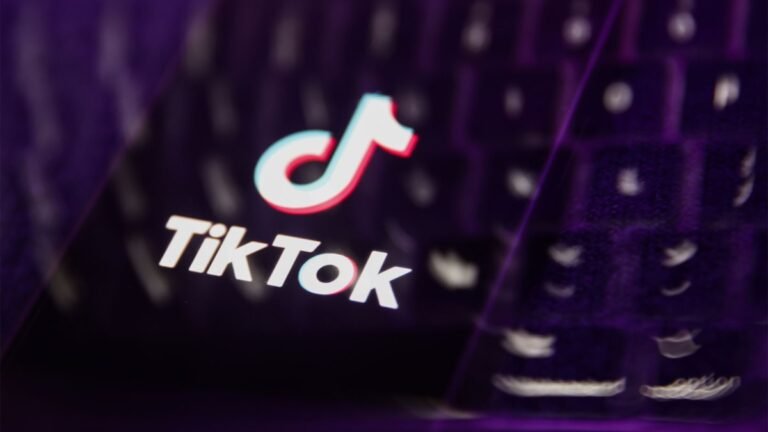TikTok is starting to automatically flag AI-generated content created on other platforms, the company announced Thursday. With this change, if a creator posts content on TikTok that was created with a service like OpenAI’s DALL·E 3, it will automatically have an “AI-created” tag notifying viewers that it was created with AI.
The social video platform does this by implementing Content Credentials, a technology from the Coalition for Content Provenance and Authenticity (C2PA), which was founded by Microsoft and Adobe. Content Credentials attach specific metadata to content, which TikTok can then use to instantly identify and tag AI-generated content.
As a result, TikTok will automatically start flagging AI-generated content uploaded to the platform with Content Credentials attached. The change will go live on Thursday and will apply to all users worldwide in the coming weeks.
While TikTok already tags content created with TikTok AI effects, it will now tag content created on other platforms that have implemented Content Credentials, such as OpenAI’s DALL·E 3 and Microsoft’s Bing Image Creator. While Microsoft, Adobe and OpenAI already have Content Credentials, Google is committed to also support Content Credentials.
Although TikTok already requires creators to disclose when they post content created or enhanced by AI, the company told TechCrunch that it sees the new change as an additional way to ensure AI-generated content is flagged. the pressure of the creators.
In the coming months, TikTok will also begin attaching Content Credentials to AI-generated content created on the platform using TikTok AI effects. Content Credentials metadata will include details about where and how the AI-generated content was created or edited and will remain associated with the content upon download. Other platforms that adopt Content Credentials will be able to automatically flag content as AI-generated.
So while TikTok is committed to flagging AI content on its own service, it also seeks to help ensure that AI content created on TikTok is also accurately flagged when published on another platform.
“AI-generated content is an incredible creative outlet, but transparency for viewers is critical,” said Adam Presser, Head of Operations and Trust & Safety at TikTok, in a press release. “By working with peers to flag content across platforms, we’re making it easier for creators to responsibly explore AI-generated content, while continuing to prevent harmful or misleading AIGC prohibited on TikTok.”
TikTok touts itself as the first video sharing platform to implement Content Credentials. It’s worth mentioning Meta announced in February that it plans to leverage C2PA’s solution to add provenance to content.
As part of Thursday’s announcement, TikTok said it is committed to combating the use of misleading AI in elections and that its policies expressly prohibit harmful misleading content generated by AI – whether labeled or not.
